Acepc Picobox Mini PC Review: Tiny ESXi Home Server
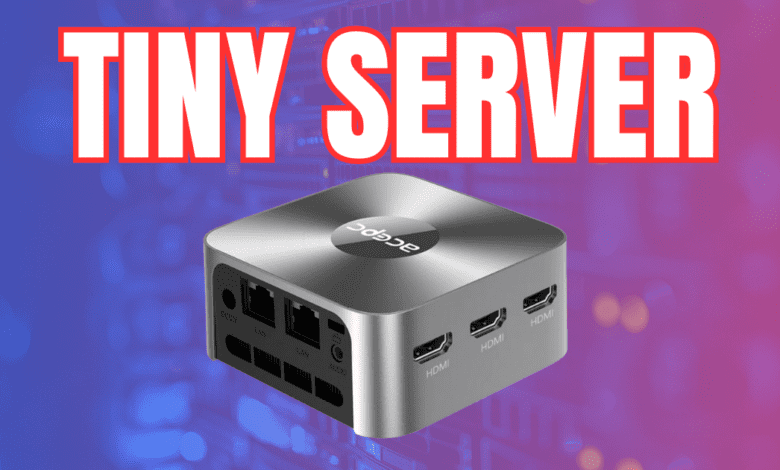
AcePC sent over an Acepc Picobox Mini unit for me to look at. Aside from the unit being sent over, I was not paid for the review, so the thoughts are my own here for looking at the unit as a home server. I am interested in little units like this, especially with many being concerned about power efficiency more than ever. Many companies are producing Minipc units now, and these are definitely gaining popularity among many.
Contents
- Acepc Picobox Mini PC overview
- N100 performance
- Storage Options and Expandability
- Connectivity and Additional Features
- Price Point: Value for Money
- Design and Form Factor
- Unboxing the Acepc Picobox Mini
- Installing VMware ESXi
- Cloning VMs
- Power consumption
- Final Verdict: What kind of server do I think this is good for?
Acepc Picobox Mini PC overview
Acepc systems seem to be a good value, and the company has many interesting models to try. The Acepc PicoBox Mini PC is a tiny little mini PC that can serve as a home server without occupying much space or using much power. The PicoBox Mini is part of a broader line from Acepc in the Picobox line. Unlike some of the other Acepcs with the Intel Celeron j3455 line of CPUs and others, between the different Picobox models, these are running the N95, N100, and Intel Celeron N5105 family CPUs.
Note the following models.
Picobox Mini Intel N100 – the PicoBox Mini Intel N100 Mini PC is powered by the Intel N100 processor with a Max Turbo Frequency of 3.4GHz, backed by 8GB DDR4 RAM and a spacious 512GB M.2 SSD.
Picobox Mini Intel N95 – also listed on the site
Picobox Lite Intel Celeron N5105 – The PicoBox Lite features an 11th generation Intel Celeron processor with a frequency range of 2.00-2.90GHz, 8GB of LPDDR4X memory, and 256GB of M.2 SSD storage, which can be expanded up to 2TB. This model supports Windows 11 Pro operating system, emphasizing its readiness for modern computing needs.
Picobox Pro Intel N95 – this unit sports more storage total, with a total of 2TB compared to the others with a max of 1 TB.
Below are pictures of the different units.
Below is the Picobox Pro device:
The model sent over is the Picobox Intel N100. It is a fairly budget-friendly box with good performance specs in the mini PC market. Note the following specs table:
| Specification | Details |
|---|---|
| Processor | Intel N100, Max Turbo Frequency 3.4GHz, 4 cores, 4 threads |
| Cache | 6MB Intel® Smart Cache |
| Memory | 8GB DDR4 RAM |
| Storage | 512GB M.2 SSD |
| Operating System | Windows 11, Linux |
| Graphics | Intel UHD Graphics, 4K UHD resolution at 60Hz, Max Resolution (HDMI) 4096 x 2160@60Hz |
| Connectivity | Dual 1000M Ethernet ports, Dual-band 2.4/5G WiFi, BT4.2 |
| Ports | 3 USB 3.0 ports, 3 HDMI ports, 2 1000M LAN ports |
| Dimensions | 3.52 x 3.52 x 1.71 inches |
| Weight | 203.7 grams |
| Additional Features | Wake On LAN, RTC, Auto Power On, VESA bracket included for mounting, Fan-cooled design |
| Advanced Technologies | Intel® Virtualization Technology for Directed I/O, Intel® Gaussian & Neural Accelerator 3.0, Intel® Image Processing Unit 6.0, Intel® Smart Sound Technology |
| Price | $199 with discount |
N100 performance
The Picobox Mini I tested comes with the N100 quad-core processors. The Intel N100 processor is a peppy little CPU that does well with virtualization tasks. It won’t win on benchmarks against other more powerful CPUs, but it will definitely do the job. I have tested another N100 with the GMKtek Nucbox G2. You can read my review of that unit here:
Below is the image graphic provided by Acepc for the N100 with single-core and multi-core performance specs.
Storage Options and Expandability
The Picobox Mini unit I tested comes with the M.2 SSD 2242 storage as the main unit with 512GB of storage. Users can upgrade the storage. It can be expanded up to 2TB in the Pro model, and the other models show to be expandable to 1 TB.
This should be enough storage for a home server to start running a few VMs and containers and may be all that is needed for most. Keep in mind you can target NFS and iSCSI storage as well.
Connectivity and Additional Features
The PicoBox Mini PCs come with various connectivity options for setting up a home server. It has multiple USB ports, an HDMI port, and two network ports. It doesn’t have a SATA connector for expanding storage using a 2.5-inch hard drive like some mini PCs, but that is part of the tradeoff of a mini PC with such a small footprint.
Price Point: Value for Money
With the price range starting from as low as $199.99 for the PicoBox Mini Intel N100 Mini PC with the current discount and going up to $249 for the PicoBox Pro Intel N95 Mini PC, the Acepc PicoBox Mini PCs provide a cost-effective solution for setting up a home server. Considering the specifications and features offered, the price point is competitive, making it an attractive option for budget-conscious individuals.
Design and Form Factor
It has a compact design with a TINY footprint. The small footprint makes it easy to place and minimizes space. Also, it has a sleek and modern design, making it both functional and aesthetically pleasing.
Unboxing the Acepc Picobox Mini
Below are pictures of the unboxing the Picobox Mini. It comes in nice packaging, consistent with what I have seen with the other Acemagic and Acemagician Mini PCs that I have reviewed.
The little Mini PC has a nice finish with a plastic housing that has a quality feel.
Here we see the dual Realtek network adapters. These are 1 gig connections and we see the audio jack and DC12V power adapter connection.
On another side, we see the HDMI connector ports.
The front has the Power button.
Here I have taken off the bottom housing. There are 4 screws you take out of the bottom to allow the housing to come apart. This seemed more difficult than it should have been to get apart, but in working with it, it came off.
Removing 4 additional screws from the board allows it to be removed from the housing. Be careful with your wires here as these are very light gauge wires for the CMOS and wireless adapter that can be broken easily.
Installing VMware ESXi
Since I have been playing around a lot with Proxmox for most of the recent mini PCs, I wanted to get back to ESXi on this installation. Even though it has the Realtek network adapter, I used a USB network adapter and was able to get ESXi installed without issue.
There is the normal quirkiness of USB network adapters, but if you so desire, installing VMware ESXi is a viable option.
Cloning VMs
On weird issue that I ran into during the cloning process that I wanted to call out that may have been related to the USB network adapter was the Terraform code kept failing to deploy my Ubuntu Server VM to the server.
Instead, what I wound up doing was just manually building an Ubuntu 22.04 LTS server and then cloning it to multiple VMs.
With 7 Ubuntu 22.04 VMs running, each assigned 7 gigs of memory, the memory usage is what you would expect, as it was pretty linear.
Power consumption
The power consumption for the little PC was good as well. When the 7 VMs were basically idle, I saw 9.7 watts as an average.
Final Verdict: What kind of server do I think this is good for?
I think the Acepc Picobox Mini is a great option for a mobile home lab and also for creating a very power efficient cluster for learning purposes. There are (3) USB ports, so you could have 3 network connections with USB network adapters in vSphere or run the 2 onboard NICs with Proxmox.
The footprint is TINY! So, it’s definitely a great unit for space savings. One thing you do run into with mini PCs in this size range is that the I/O is spread out around the unit. So, you have USB ports on one side, HDMI ports on another, and network ports on the other. This makes it difficult to make the cabling look good at all.
Overall, the Acepc PicoBox Mini PCs offer a balanced mix of performance, storage, connectivity, and price, making them a solid choice for setting up a very low-power home server. The variety of models and specifications within the PicoBox line provides options for different user needs and budgets. The compact design and the ability to expand storage are additional advantages of the Acepc PicoBox Mini PC.


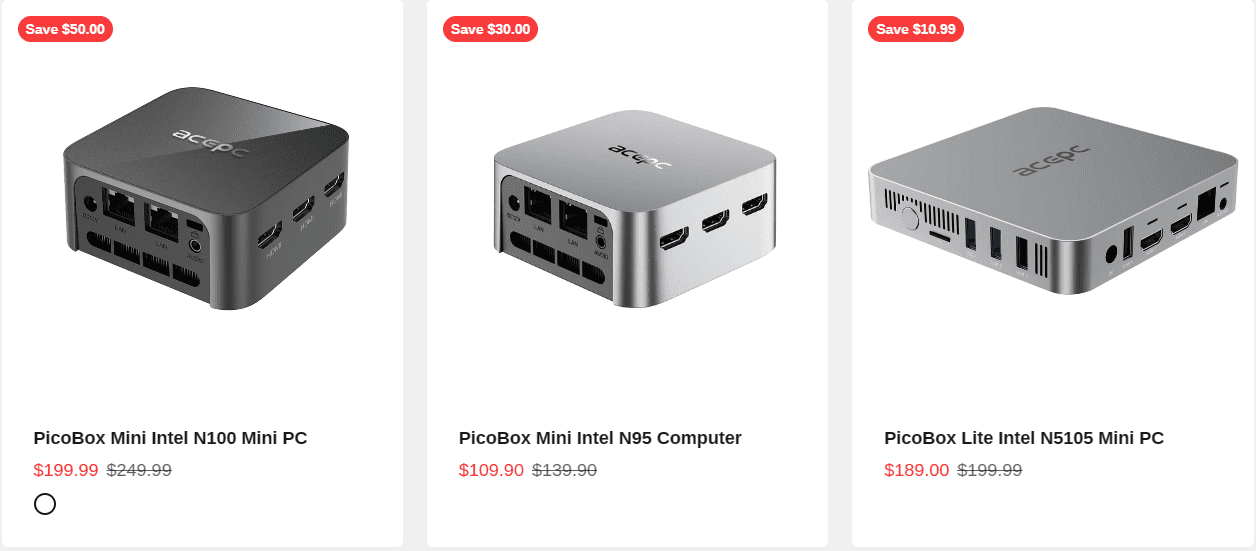
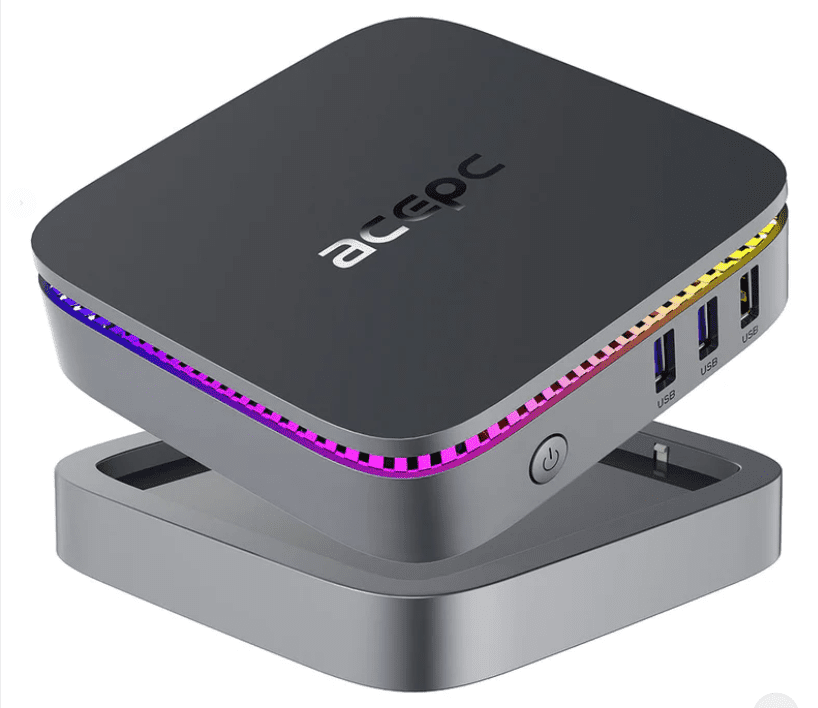
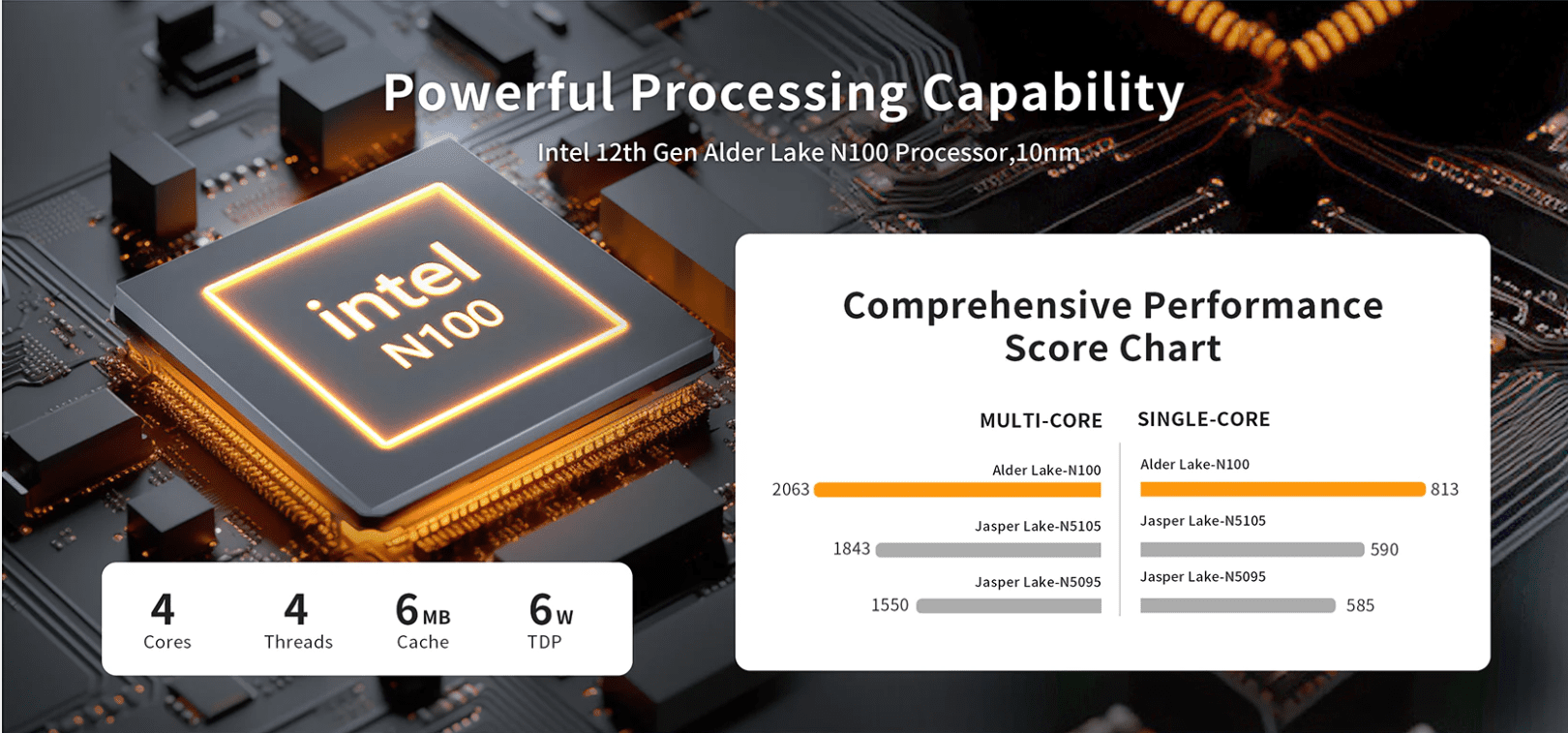

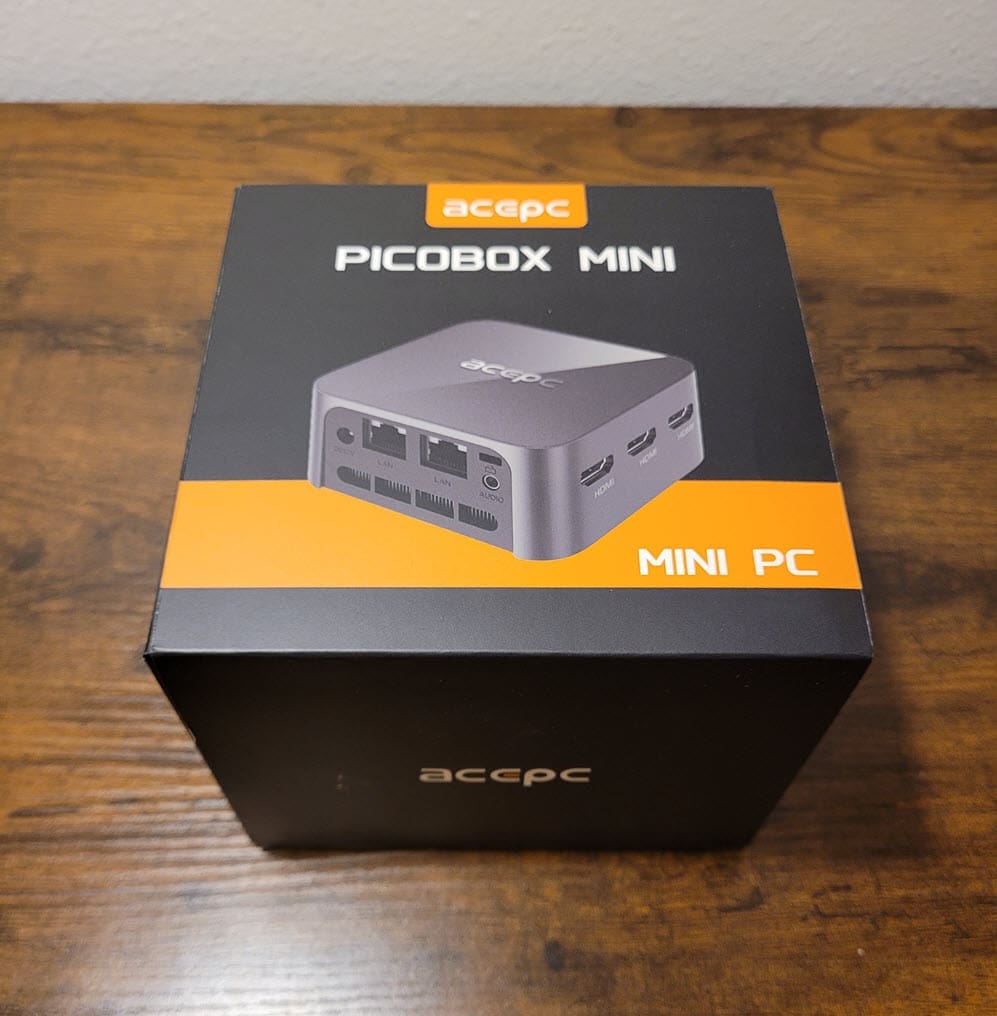
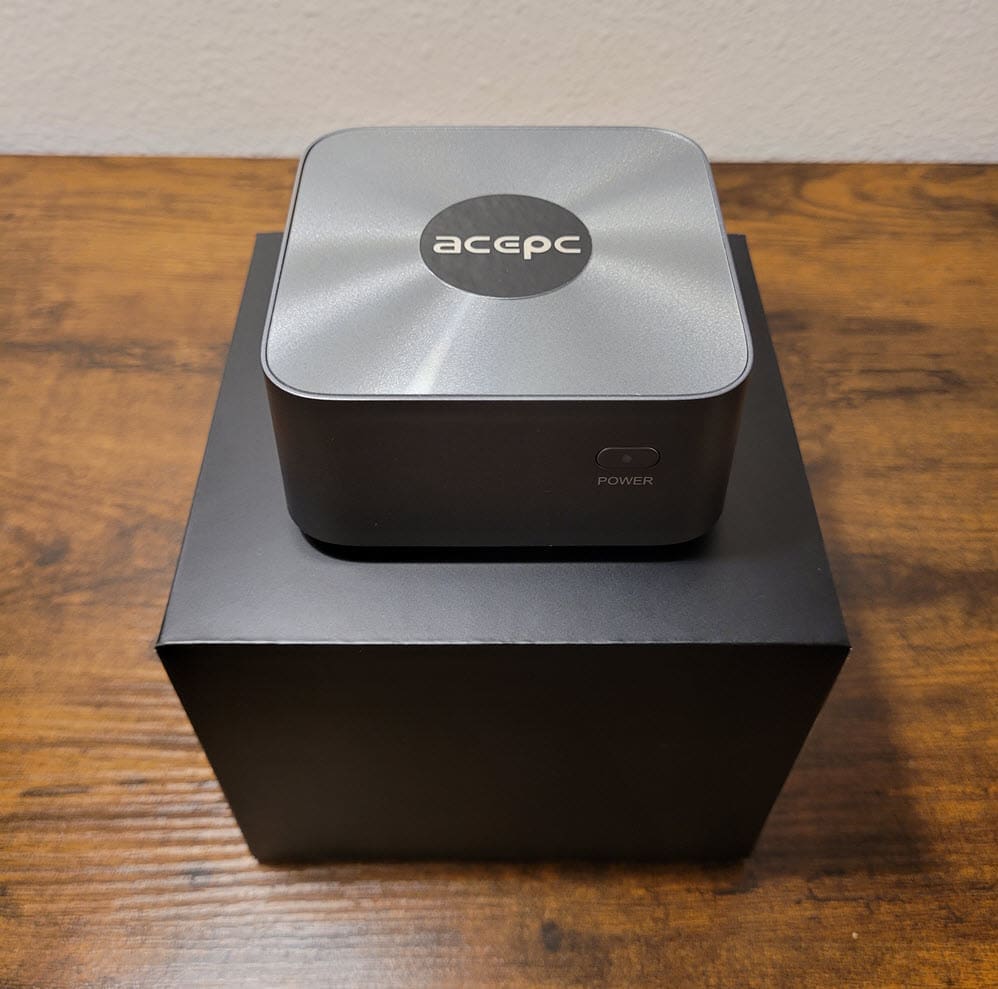
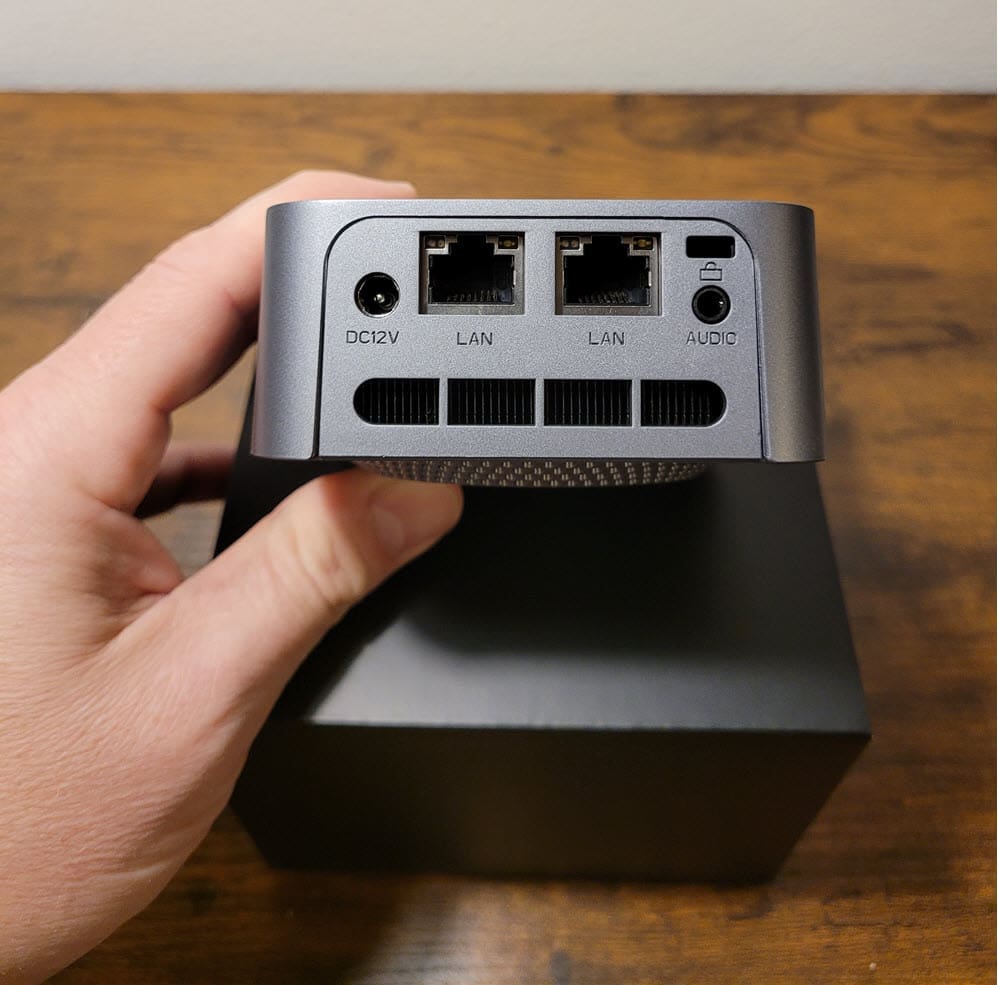
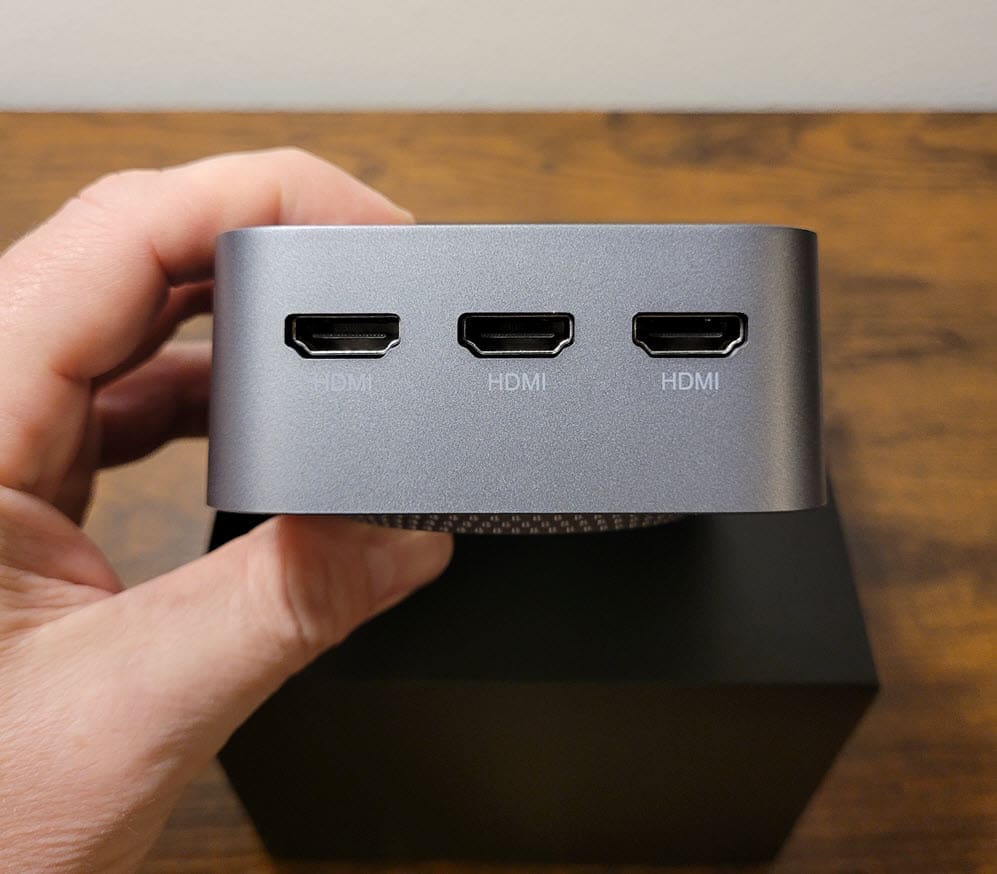
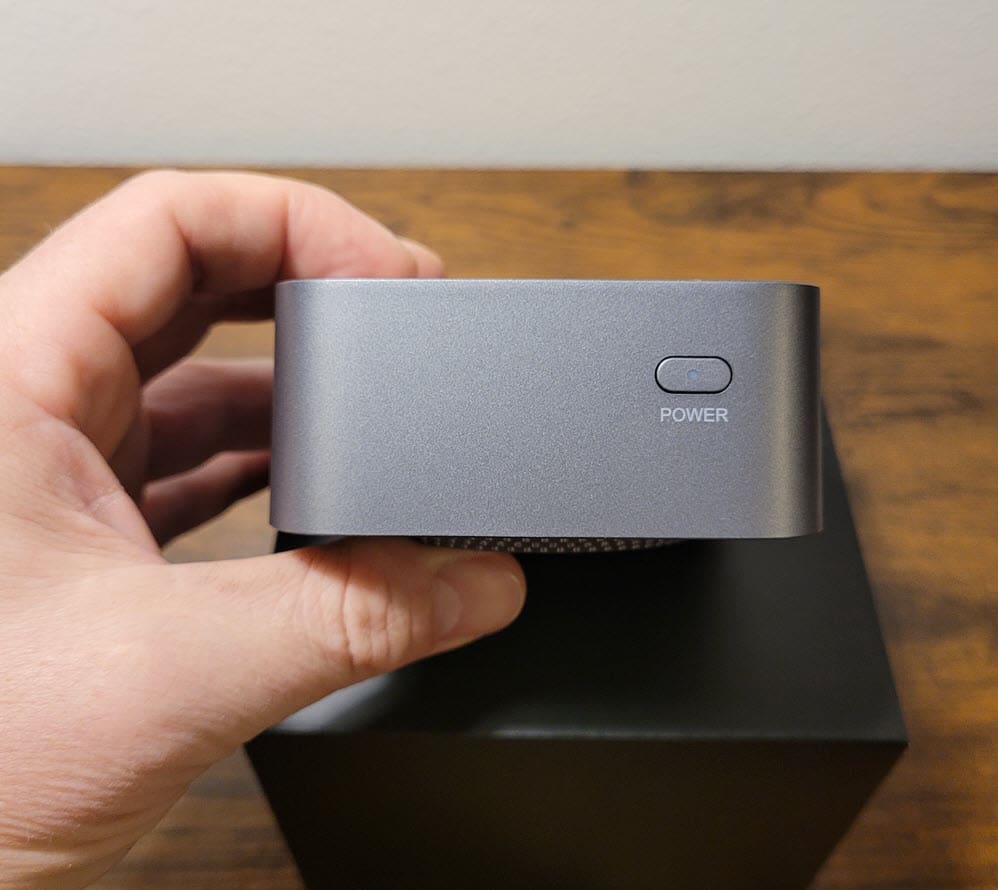
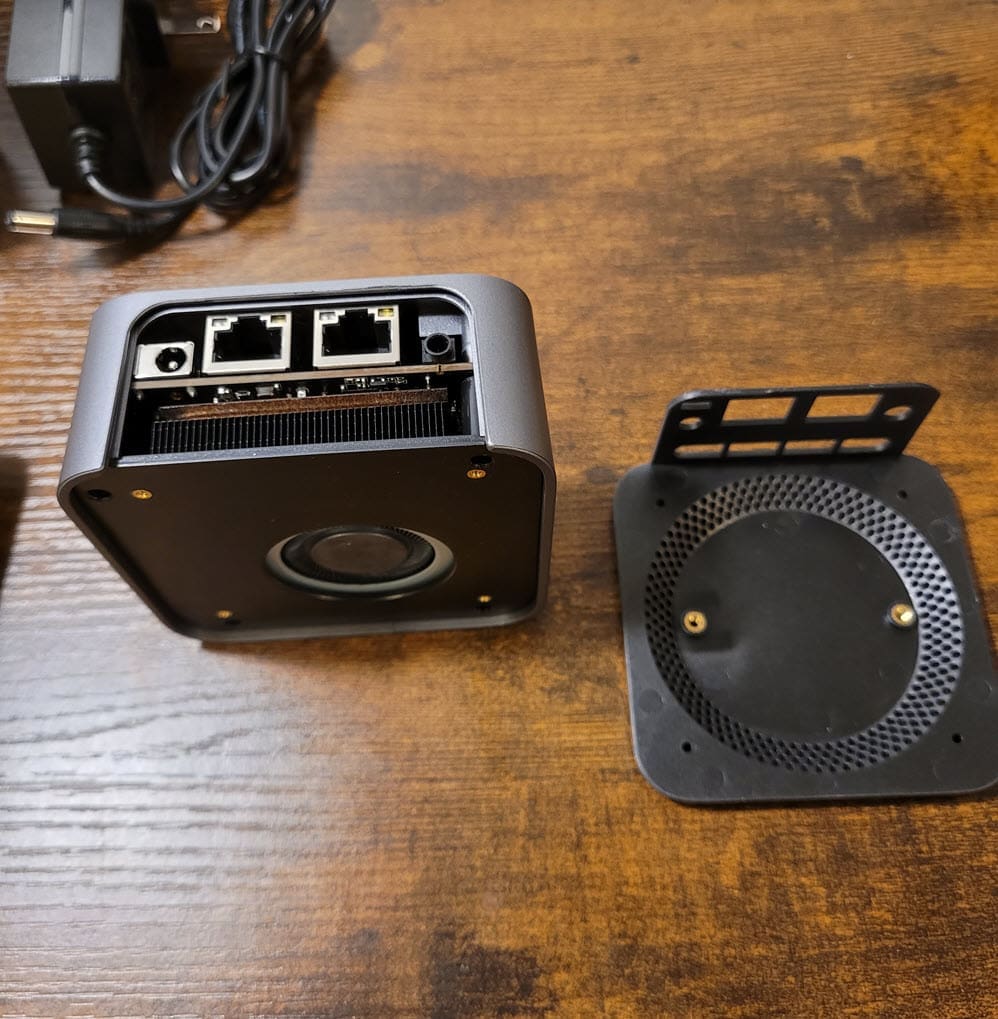
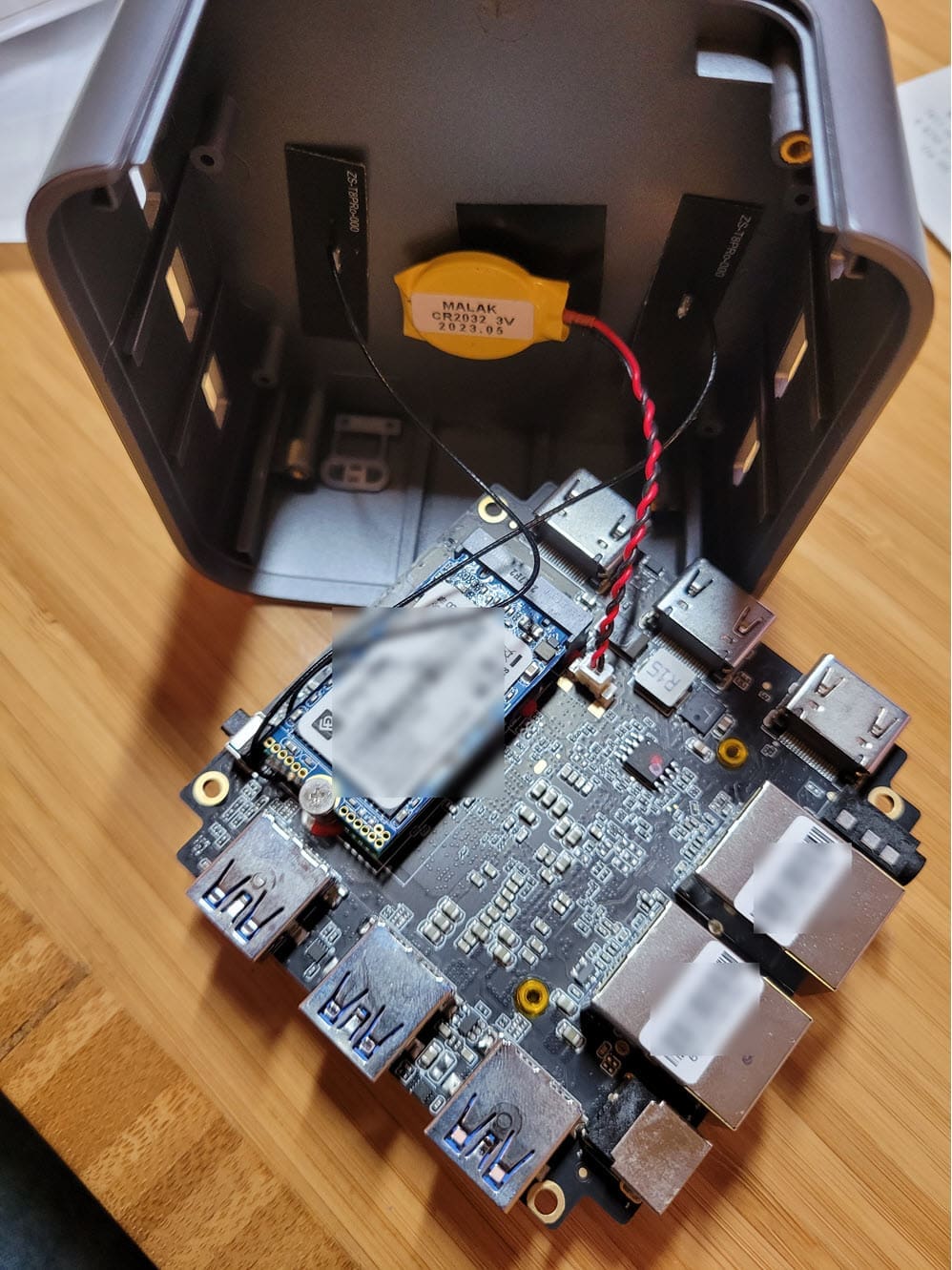
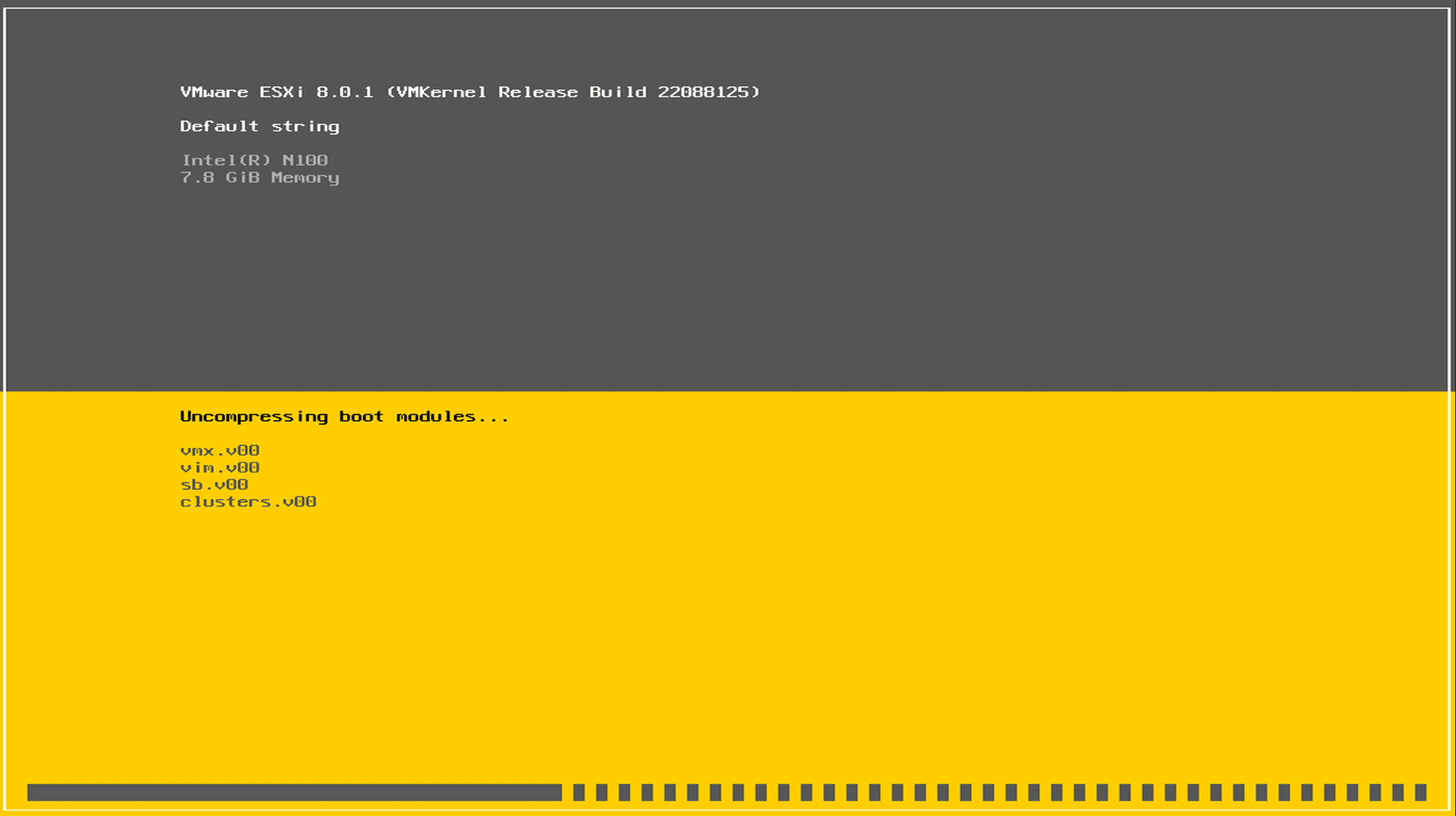

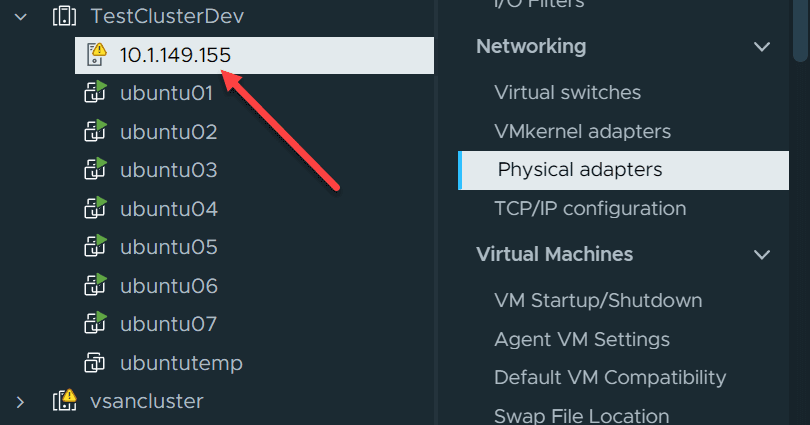
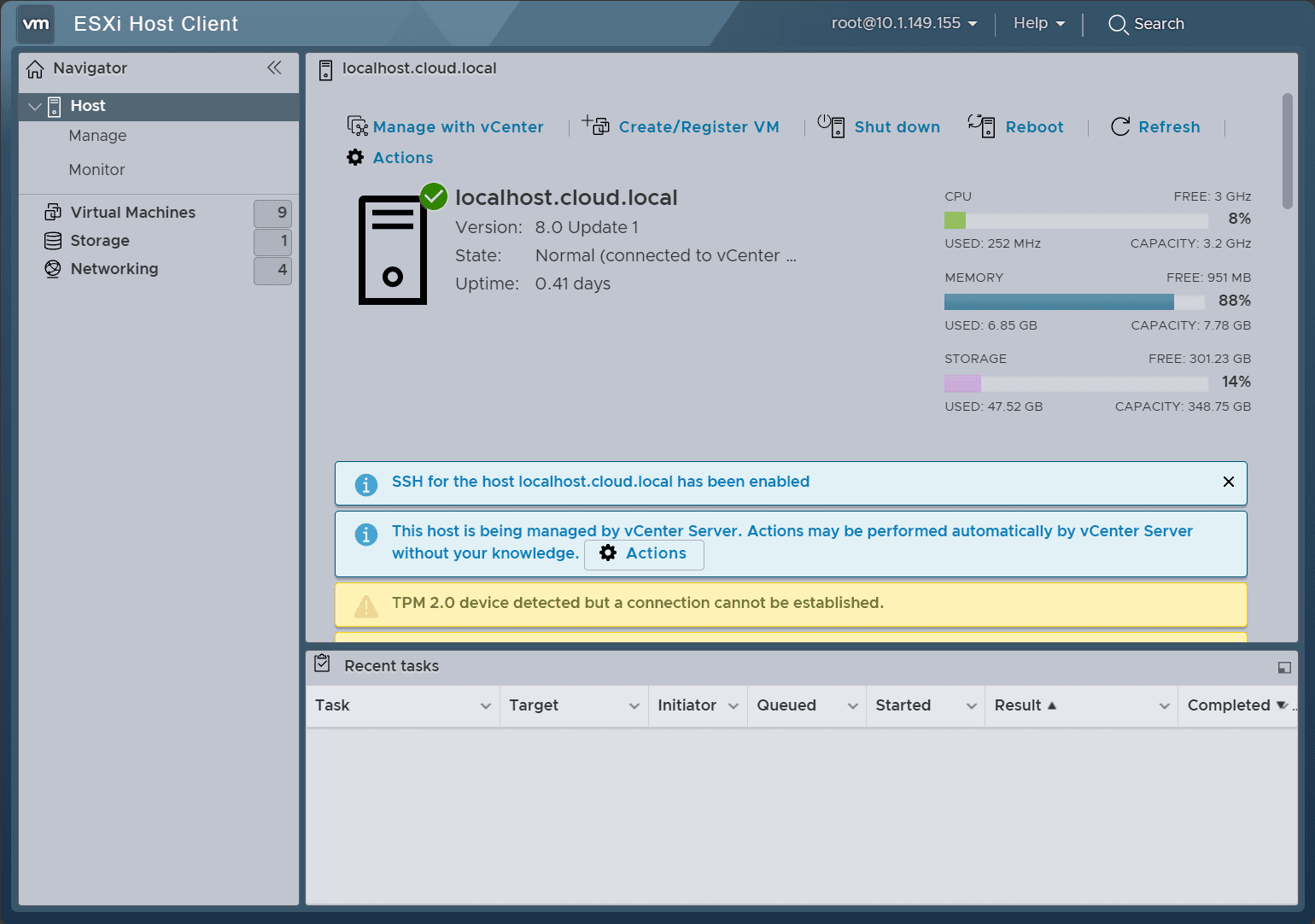
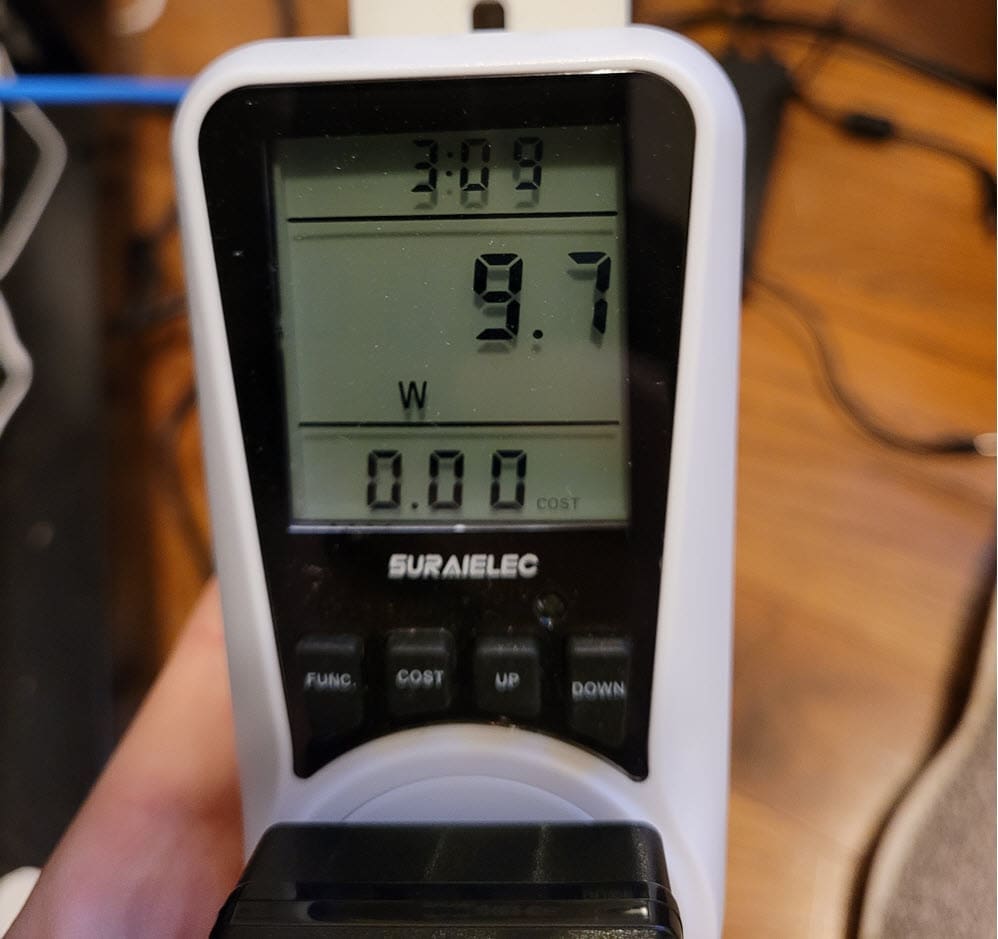


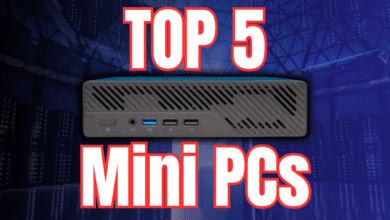
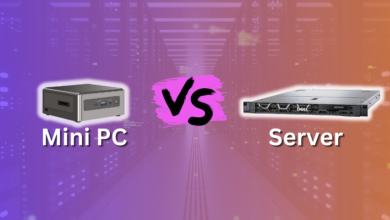
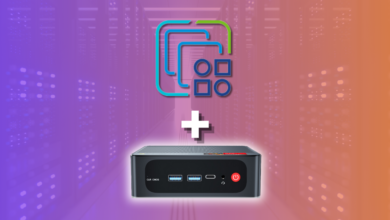
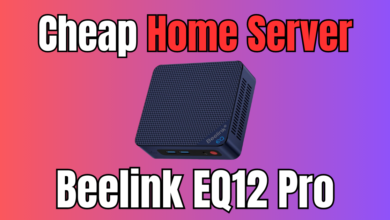

Great review! I like the small form factor, it’s a good fit if you need an ultra compact solution. If you can live with a slightly larger footprint, you can get a used Dell Optiplex 7060 Micro w/i7-8700T CPU, RAM, and disk for about $50 less than the PicoBox Mini Intel N100 ($200 on sale).
Thank you Robert!
Glad you liked the review and definitely like the suggestion on the Dell Optiplex as well. There are so many great options for home labs out there now, it is great for the consumer. I think the main draw for the Picobox over the larger form factor would be power consumption. So ones would need to decide between power or if they would like to have more horsepower. But this is always the case in most situations. Thanks again Robert!
Brandon